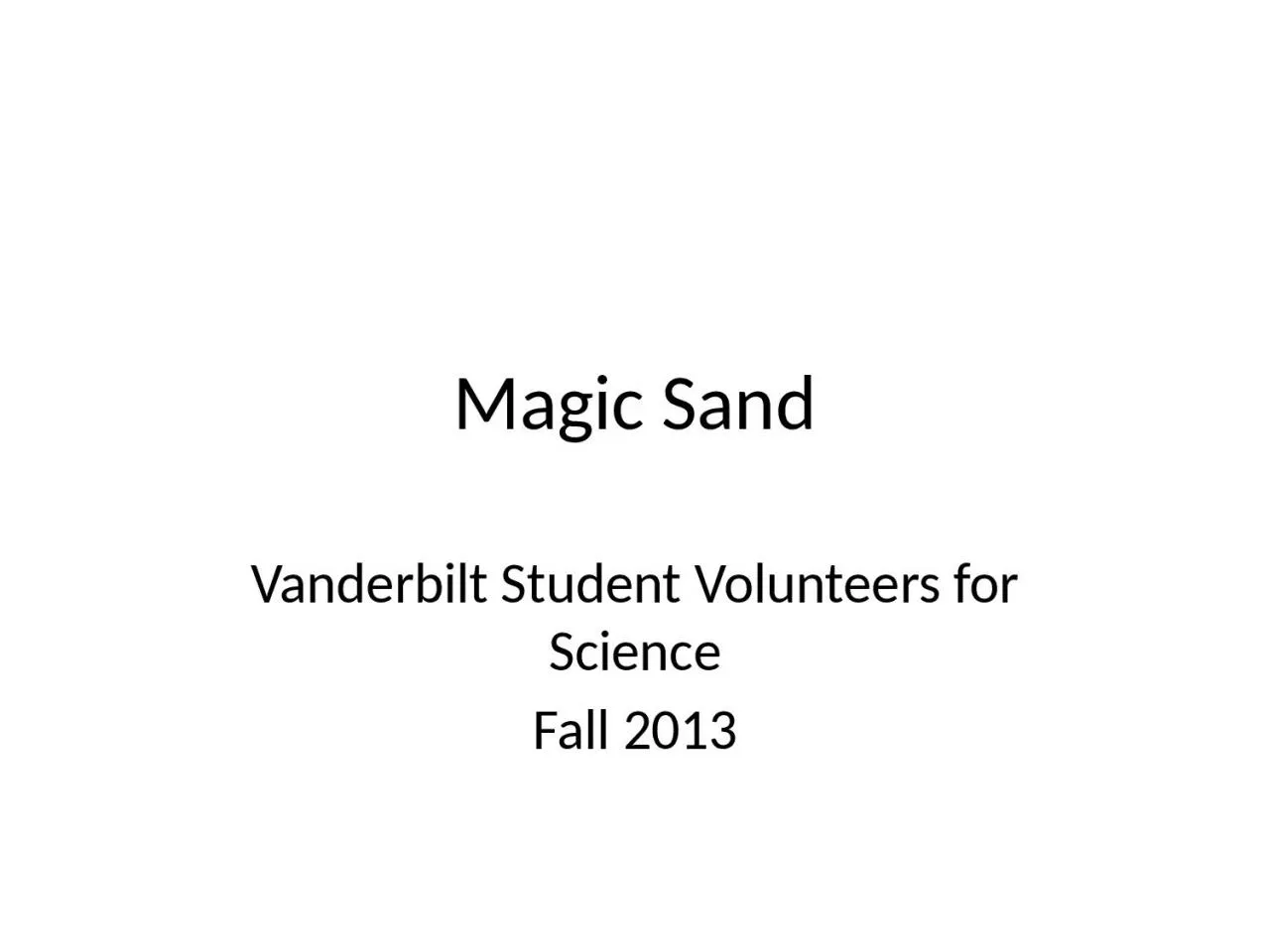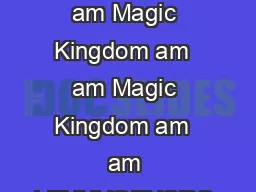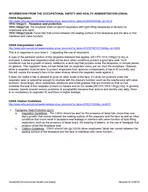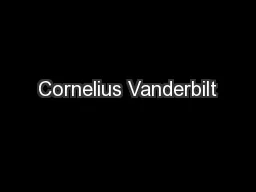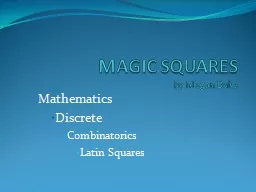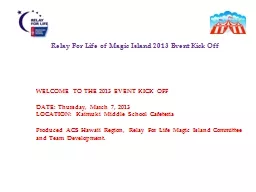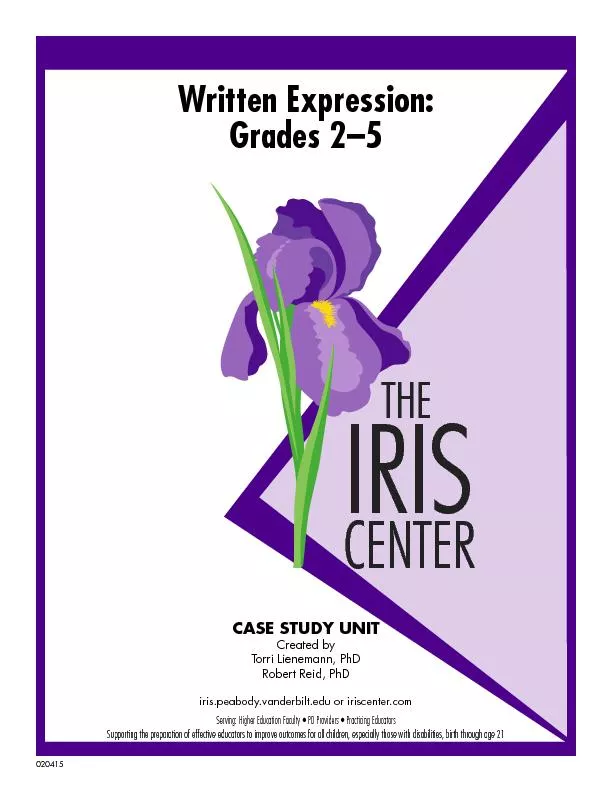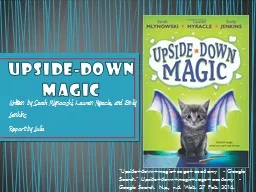PPT-Magic Sand Vanderbilt Student Volunteers for Science
Author : eliza | Published Date : 2022-06-28
Fall 2013 I Background Since sand can get wet it means that the water molecules are attracted to the sand grains Waterloving property of sand is called hydrophilic
Presentation Embed Code
Download Presentation
Download Presentation The PPT/PDF document "Magic Sand Vanderbilt Student Volunteers..." is the property of its rightful owner. Permission is granted to download and print the materials on this website for personal, non-commercial use only, and to display it on your personal computer provided you do not modify the materials and that you retain all copyright notices contained in the materials. By downloading content from our website, you accept the terms of this agreement.
Magic Sand Vanderbilt Student Volunteers for Science: Transcript
Download Rules Of Document
"Magic Sand Vanderbilt Student Volunteers for Science"The content belongs to its owner. You may download and print it for personal use, without modification, and keep all copyright notices. By downloading, you agree to these terms.
Related Documents

